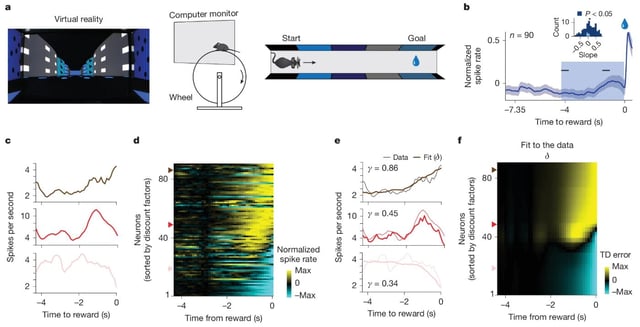Overview
- Dopamine neurons encode a probabilistic map of future rewards that captures both when rewards arrive and how large they are within 450 milliseconds of a predictive cue.
- Individual dopamine cells display significant heterogeneity, with some tuned to reward timing, others to magnitude and many combining both dimensions in their response profiles.
- Midbrain dopaminergic neurons exhibit a broad spectrum of temporal discounting constants, supporting reinforcement learning across multiple timescales.
- The multidimensional reward representation correlates with mice’s anticipatory behaviors, such as their readiness to act and the timing of their responses.
- These findings point to novel algorithms for artificial intelligence and suggest new angles for treating dopamine-related disorders like Parkinson’s disease, addiction and depression.


